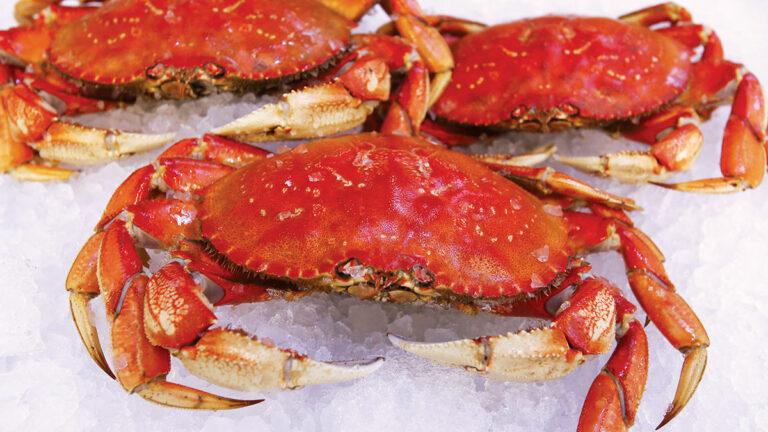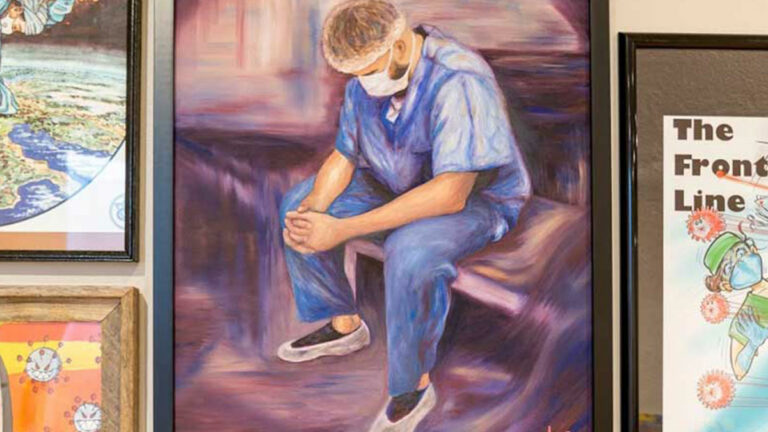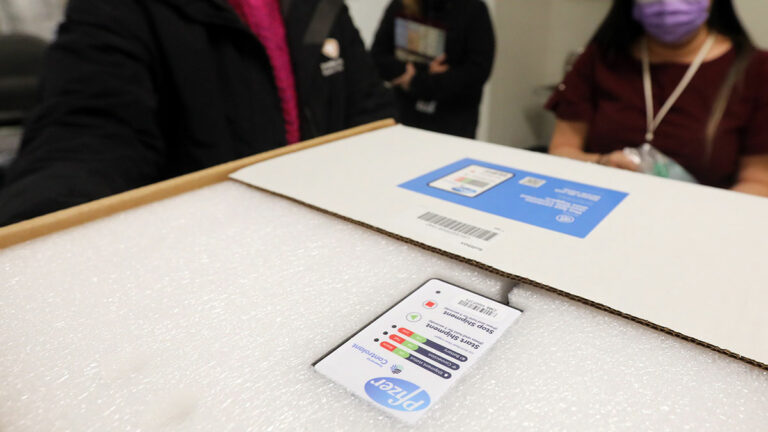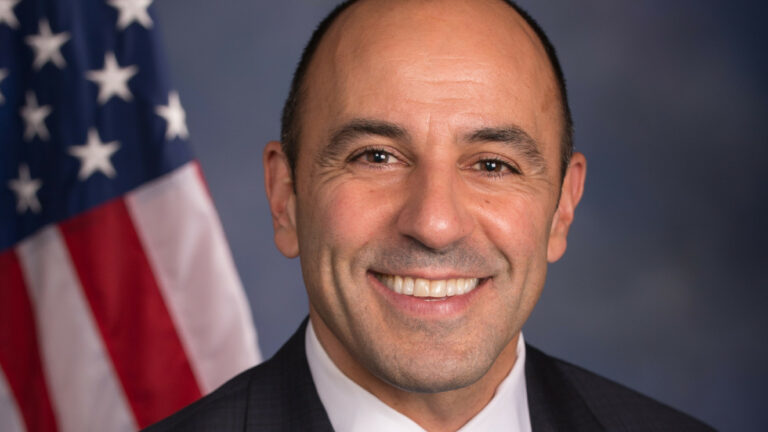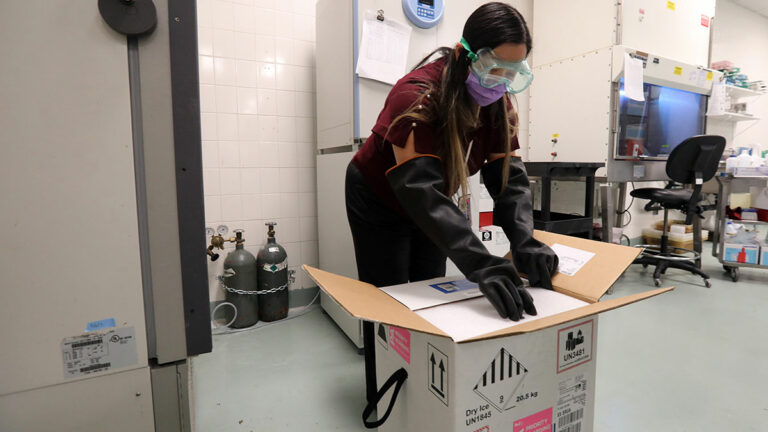Free will astrology for the week of Jan. 20
ARIES (March 21-April 19): On May 4, 2019, my Aries friend Leah woke up in a state of amazement. During the night, she felt she had miraculously become completely enlightened. Over the next 16 hours, she understood her life perfectly. Everything made sense to her. She was in love with every person and animal she knew. But by the next morning, the exalted serenity had faded, and she realized that her enlightenment had been temporary. She wasn’t mad or sad, however. The experience shook her up so delightfully that she vowed to forevermore seek to recreate the condition she had enjoyed. Recently she told me that on virtually every day since May 4, 2019, she has spent at least a few minutes, and sometimes much longer, exulting in the same ecstatic peace that visited her back then. That’s the Aries way: turning a surprise, spontaneous blessing into a permanent breakthrough. I trust you will do that soon.
TAURUS (April 20-May 20): One morning, famous French army general Hubert Lyautey (1854–1934) instructed his gardener to spend the next day planting a row of saplings on his property. The gardener agreed, but advised Lyautey that this particular species of tree required 100 years to fully mature. “In that case,” Lyautey said, “plant them now.” I recommend that you, too, expedite your long-term plans, Taurus. Astrologically speaking, the time is ripe for you to take crisp action to fulfill your big dreams.
GEMINI (May 21-June 20): Someone asked poet E. E. Cummings what home was for him. He responded poetically, talking about his lover. Home was “the stars on the tip of your tongue, the flowers sprouting from your mouth, the roots entwined in the gaps between your fingers, the ocean echoing inside your ribcage.” What about you, Gemini? If you were asked to give a description of what makes you feel glad to be alive and helps give you the strength to be yourself, what would you say? Now would be a good time to identify and honor the influences that inspire you to create your inner sense of home.
CANCER (June 21-July 22): “Be sweet to me, world,” pleads Cancerian poet Stephen Dunn in one of his poems. In the coming weeks, I invite you to address the world in a similar way. And since I expect the world will be unusually receptive and responsive to your requests, I’ll encourage you to add even more entreaties. For example, you could say, “Be revelatory and educational with me, world,” or “Help me deepen my sense that life is meaningful, world,” or “Feed my soul with experiences that will make me smarter and wilder and kinder, world.” Can you think of other appeals and supplications you’d like to express to the world?
LEO (July 23-Aug. 22): Throughout his many rough travels in the deserts of the Middle East, the Leo diplomat and army officer known as Lawrence of Arabia (1888–1935) didn’t give up his love of reading. While riding on the backs of camels, he managed to study numerous tomes, including the works of ancient Greek writers Aeschylus and Aristophanes. I’d love to see you perform comparable balancing acts in the coming weeks, Leo. The astrological omens suggest you’ll be skilled at coordinating seemingly uncoordinatable projects and tasks—and that you’ll thrive by doing so. (P.S.: Your efforts may be more metaphorical and less literal than Lawrence’s.)
VIRGO (Aug. 23-Sept. 22): Sculptor Stefan Saal testifies that one of his central questions as a creator of art is to know when a piece is done. “When making a thing I need to decide when is it thoroughly made, when is it dare-we-say ‘perfected.’” He has tried to become a master of knowing where and when to stop. I recommend this practice to you in the next two weeks, Virgo. You’ve been doing good work, and will continue to do good work, but it’s crucial that you don’t get overly fussy and fastidious as you refine and perhaps even finish your project.
LIBRA (Sept. 23-Oct. 22): You’re entering the potentially most playful and frisky and whimsical phase of your astrological cycle. To honor and encourage a full invocation of gleeful fun, I offer you the following thoughts from Tumblr blogger Sparkledog. “I am so tired of being told that I am too old for the things I like. No cartoons. No toys. No fantasy animals. No bright colors. Are adults supposed to live monotonous, bleak lives? I can be an adult and still love childish things. I can be intelligent and educated and informed and I can love stuffed animals and unicorns. Please stop making me feel bad for loving the things that make me happy.”
SCORPIO (Oct. 23-Nov. 21): “Nature cannot be ordered about, except by obeying her,” wrote philosopher Francis Bacon (1561–1626). That paradoxical observation could prove to be highly useful for you in the coming weeks. Here are some other variants on the theme: Surrendering will lead to power. Expressing vulnerability will generate strength. A willingness to transform yourself will transform the world around you. The more you’re willing to acknowledge that you have a lot to learn, the smarter you’ll be.
SAGITTARIUS (Nov. 22-Dec. 21): In his book The Lover’s Dictionary, David Levithan advises lovers and would-be lovers to tell each other their very best stories. “Not the day’s petty injustices,” he writes. “Not the glimmer of a seven-eighths-forgotten moment from your past. Not something that somebody said to somebody, who then told it to you.” No, to foster the vibrant health of a love relationship—or any close alliance for that matter—you should consistently exchange your deepest, richest tales. This is always true, of course, but it’s especially true for you right now.
CAPRICORN (Dec. 22-Jan. 19): On Oct. 18, 1867, the United States government completed its purchase of Alaska from Russia. How much did this 586,000-acre kingdom cost? Two cents per acre, which in today’s money would be about 37 cents. It was a tremendous bargain! I propose that we regard this transaction as a metaphor for what’s possible for you in 2021: the addition of a valuable resource at a reasonable price. (P.S.: American public opinion about the Alaskan purchase was mostly favorable back then, but a few influential newspapers described it as foolish. Don’t let naysayers like them dissuade you from your smart action.)
AQUARIUS (Jan. 20-Feb. 18): “My business is circumference,” wrote poet Emily Dickinson in a letter to her mentor. What did she mean by that? “Circumference” was an important word for her. It appeared in 17 of her poems. Critic Rochelle Cecil writes that for Dickinson, circumference referred to a sense of boundlessness radiating out from a center—a place where “one feels completely free, where one can express anything and everything.” According to critic Donna M. Campbell, circumference was Dickinson’s metaphor for ecstasy. When she said, “My business is circumference,” she meant that her calling was to be eternally in quest of awe and sublimity. I propose that you make good use of Dickinson’s circumference in the coming weeks, Aquarius. It’s time to get your mind and heart and soul thoroughly expanded and elevated.
PISCES (Feb. 19-March 20): Should I quote the wisdom of people who have engaged in behavior I consider unethical or immoral? Should I draw inspiration from teachers who at some times in their lives treated others badly? For instance, Pisces-born Ted Geisel, better known as beloved author Dr. Seuss, cheated on his wife while she was sick, ultimately leading to her suicide. Should I therefore banish him from my memory and never mention the good he did in the world? Or should I forgive him of his sins and continue to appreciate him? I don’t have a fixed set of rules about how to decide questions like these. How about you? The coming weeks will be a good time to redefine your relationship with complicated people.
Homework: Where in your life do you push too hard? Where don’t you push hard enough? Testify: freewillastrology.com.




